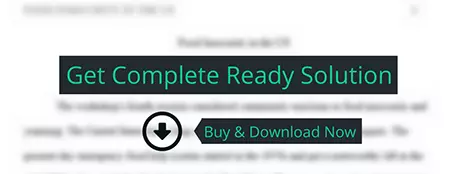For this assignment, take a close look at the four required articles from the background materials: Mortenson (2014), Cialdini (2001), Conger (1998), and Fracaro (2002). Pay close attention to what you perceive as the usefulness of the articles and how co
business
Description
For this assignment, take a close look at the four required articles from the background materials: Mortenson (2014), Cialdini (2001), Conger (1998), and Fracaro (2002). Pay close attention to what you perceive as the usefulness of the articles and how convincing you think each author is. When you have finished carefully reading these articles, write a four- to five-page paper addressing the following issues: Which of these four authors was the most convincing or presented the most useful information? Explain your reasoning as to why you found this author more convincing that the others. Based on the ideas of the author you found convincing, write a one-page memo to your employees trying to persuade them to cancel their weekend plans and volunteer to work next weekend. This memo shouldn’t be an “order” that they need to work on the weekend, but rather an attempt to persuade them to do so. In addition to the article you chose from Part 1 of the assignment, use concepts from of the two Pearson tutorials from the background materials to guide you in the writing of this memo. Explain how your memo applied the concepts from the reading that you selected in Part 1 of this assignment and how you used one of the Pearson tutorials. Mortensen, K. (2004). The power of persuasion. Maximum Influence: The Twelve Universal Laws of Power Persuasion. AMACOM Books. New York, NY, USA Cialdini, R. B. (2001). Harnessing the science of persuasion. Harvard Business Review, 79(9), 72-79. [EbscoHost] Conger, J. A. (1998). The necessary art of persuasion. Harvard Business Review, 76(3), 84-95. Fracaro, K. (2002). Persuasion: A modern management technique. SuperVision, 63(6), 3-5. [ProQuest] For some specific information on how to persuasive business messages, review the following tutorials: Developing persuasive business messages. (2014). Pearson Learning Solutions. New York, NY. Three-step process for writing persuasive messages. (2014). Pearson Learning Solutions. New York, NY.







